Clean water
Clean Water—Foundation of all Life
Clean water is the lifeblood of our planet. As much as 60 percent of the adult human body is water. Without water, humans can only survive about 3 days. Despite this, some 2.1 billion people worldwide are without access to safe home water supplies. Safe, clean water supplies are also essential to the production of healthy livestock and poultry. Habitats for fish and wildlife are dependent on clean water as are our farms and factories. As early as 470 BCE, Alcmaeon of Croton, a Greek physician, said that water quality may have an impact on human health.
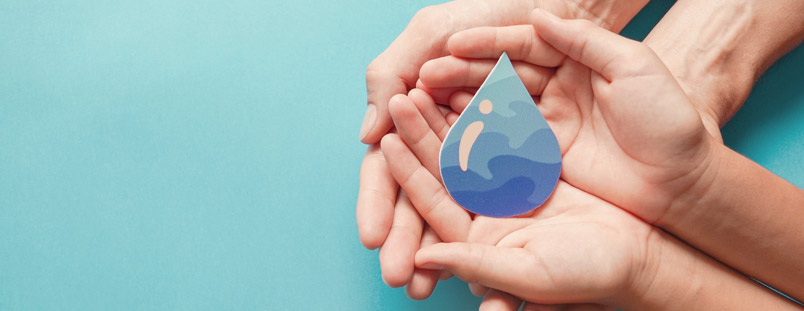
Clean Water Legislation
In 1948, the United States government made a first attempt at addressing water pollution, with the Federal Water Pollution Control Act. With the Clean Water Act (CWA) of 1972, the law was amended to set water quality standards and allocate funding to treat wastewater. The Clean Water Act also makes water pollution violations punishable by law.
Such legislation was born of a growing awareness that water pollution is a manmade problem. We had come to understand that while humans depend upon water for their survival, the very definition of clean water is the condition in which water is found when free of human interference. Sources of water pollution are, in fact, all manmade, and include industrial waste, marine dumping, sewage and wastewater, oil leaks and spills, agriculture, climate change, and radioactive waste.
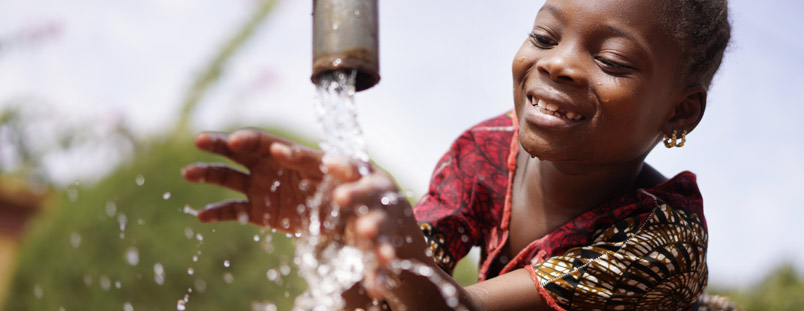
Clean Water and Human Health
Every year, 3.575 million people die every year from water-borne illness. Without access to clean water, much of the world population is forced to drink contaminated water. As a result, preventable diseases such as cholera, diarrhea, dysentery, hepatitis A, typhoid, and polio sweep through global communities, killing those who did not have to die. It is clear that clean water helps to keep us healthy and safe.
Diarrhea from unsafe drinking water is one of the top three leading causes of child death. Every 2 minutes, a child succumbs to water-borne illness. Where water is in short supply, children often die of dehydration. Clean drinking water, it is clear, would save many children’s lives.
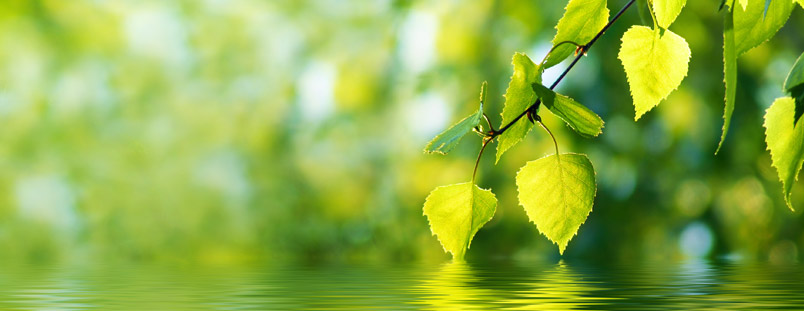
Clean Water and Plant and Animal Life
Polluted water can harm plant growth and in some cases, poor water quality is responsible for crop failure. Water soluble salts can injure the roots of plants, which may interfere with water and nutrient uptake. As these salts accumulate, plant leaves, responsible for photosynthesis, may burn at the edges.
Aside from harming plant growth, plants that absorb dangerous chemicals from contaminated water can pass them on to the animals that depend on these food sources for their survival. Such pollutants are also passed on to the humans who consume affected crops.
Animals too, are dependent upon fresh water for good health and body function. Livestock and other animals absorb water through both food and drink. Adequate water is critical for such animal body functions as temperature regulation, proper body weight, nutrient uptake, waste removal, and general health. An animal that loses even one tenth of its body water may die as major organs begin to shut down.
Water deprivation may lead to a weakened immune system in animals. Not enough water can lead to a scarcity of grazing land. The combined effects of an inadequate water supply leaves animals weak and malnourished, making them easy prey for infectious diseases and parasites. Forced to fight for their water, crowding becomes a problem as animals gather around few watering spots that are still available.
A shortage of water can also affect milk yields in dairy cows and other milk-producing animals. Where dairy herds are deprived of water, the animals lack the necessary energy to make milk. Too little water can affect milk supplies resulting in a critical source of human nutrition. For many children under the age of five, whether from goats, cows, or camels, milk provides important vitamins essential to growth and good health.
Water quality is also an essential factor for dairy herds, not only for maximizing milk production, but for animal reproduction, too. Cows, for example, need clean, safe water to ensure the proper flow of feed through the digestive track, and to keep blood volume and tissue requirements within normal limits. Raising healthy livestock depends in part upon addressing such common water quality issues as salinity, alkalinity, nitrate levels, and blue-green algae.
Preservation of the species is also dependent on clean water. During the 1970s, for example, bald eagles and fish-eating birds such as blue heron and osprey, had mostly disappeared. Banning pesticides such as DDT helped these birds make a comeback. These pesticides left bald eagle eggshells too thin to survive. The chemicals also cut fish supplies, leaving eagles without the food they need to survive. Conservation efforts led to the banning of such pesticides, leading to a comeback of the bald eagle, and important symbol of American strength and freedom.
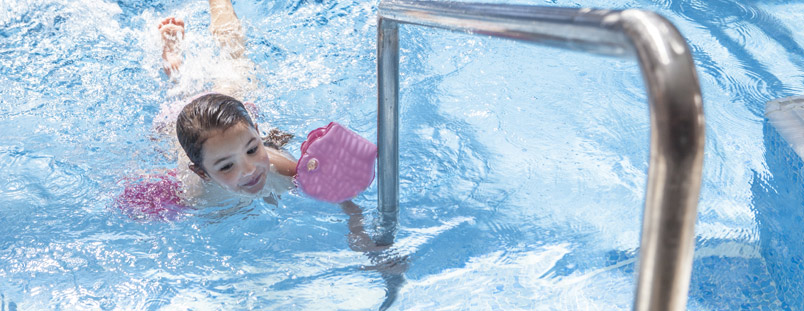
Clean Water and Outdoor Recreation
Recreational waters play a large part in keeping us healthy and well. We see the benefits of water for recreation when we watch children play in water, or families taking time out to relax at the beach. Water sports offer a multitude of ways to engage in physical exercise, so important for our health. Just spending time near water can improve our mental wellbeing.
Water pollution threatens water recreation in a variety of ways. Swimming water may be affected by overflowing, untreated sewage, animal feces, and fertilizers from area farms. These sources of pollution pose a direct risk to health and may encourage the growth of toxic algae. Some recreational water sites may be subject to chemical water pollution from industrial activity. In other cases, recreational water pollution is caused by visitors through poor sanitation, litter, and animal feces from family pets.
Despite the passage of the Clean Water Act more than half a century earlier, some 50 percent of U.S. waterways are so polluted as to be classified “impaired.” According to one report, these rivers and streams are unsuitable for public use or recreation. These more than 700,000 miles of waterways are considered both unfishable and unsuitable for swimming.
Under the definition of the Environmental Protection Agency (EPA), impaired waterways put recreational visitors at risk of becoming sick from fecal matter and other pollutants as they play, swim, or boat. Polluted waterways may also make fishing difficult, as low oxygen levels from pollution make it difficult for fish to survive. Where river waters were once clear and clean, in many cases, pollutants in the form of nitrates, bacteria, and other contaminants necessitate expensive treatment to make them safe to drink.
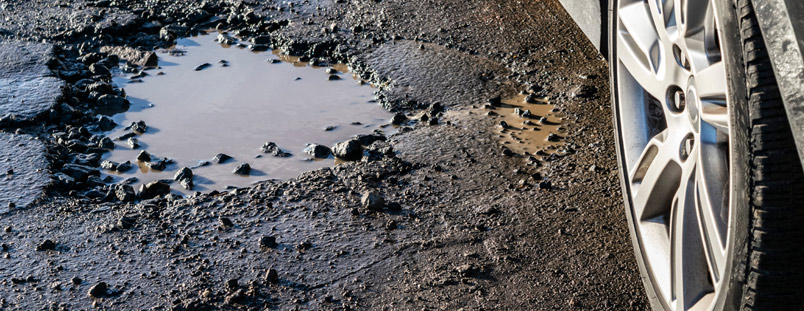
Clean Water and Transportation
Transportation is a little-studied source of water pollution. Perhaps that is because water pollution from transportation is often indirect. Vehicles such as car trucks, emit chemical gases and particles that fall from the air onto streets and other land surfaces. Cars and other means of transport often leak gas, oil, brake fluid, worn brake linings, windshield cleaner, coolants, and particles from worn metal. With time, car tires leave behind zinc and other pollutants, while road salt, necessary to create safe winter driving conditions, mix in with all the rest. Parking lots, pavements, and streets offer a direct route for all these pollutants into our sewers, which allows them to be washes into lakes and streams without benefit of filtration.
Transportation nonetheless has four direct effects on water quality. Road construction and maintenance create impervious surfaces that lead to faster runoff rates, lowers groundwater recharge rates, and increased erosion. Vehicles emit exhaust and other pollutants that are deposited on roadways. Underground storage tanks impart petroleum to groundwater, while oil spills can affect the water quality of nearby coastal areas or waterways.
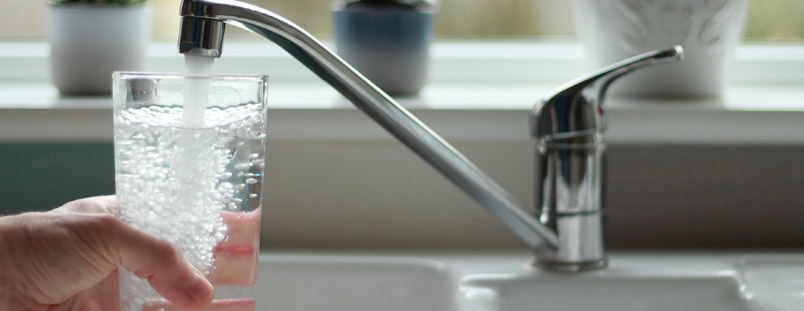
Clean Water and the Economy
Access to plentiful clean water is good for the economy. A household with safe water supplies and a toilet is already well on the way to lowering health care expenses. Healthier humans mean fewer sick days and greater productivity. Were the entire universe so lucky as to have access to clean water and basic sanitation, the economic benefits are estimated to be $18.5 billion in prevented deaths, alone.
Where clean water is available, agriculture is improved, reducing poverty that much further. As much as 84 percent of people living in rural communities, have no access to safe water. This sector not only depends on crops to supply their food needs, but also to produce income. Clean water means crops that are free of harmful contaminants. Healthy, nutritious food means healthy, strong bodies. When people are healthy they can work or go to school. Productive, educated people can look forward to a more secure future.
Having a safe supply of clean water leads to better physical health. It is estimated that in developing countries, 80 percent of diseases are due to drinking and washing with polluted water. Washing hands with enough clean water and soap cuts the incidence and spread of viral illnesses. When people are sick, they cannot work. When a breadwinner succumbs to waterborne illness, a family can be instantly plunged into poverty. Clean water, it is clear, prevents poverty.
When we protect our water resources, we keep our forests and grasslands healthy for a more sustainable recreation economy. Recreation generates billions of dollars to the United States economy each year. Clean waters protects our fish and wildlife habitats. By sustaining these ecosystems, we protect our water infrastructure with the help of nature, avoiding the need to invest in costly artificial efforts in water purification and flood control.
what you can do
Water pollution concerns all of us, worldwide. There are many steps we can take to conserve water and keep it clean. Here are four ways you can contribute to the battle for bountiful, clean water supplies:
- Maintain Your Car—regular car maintenance means preventing runoff from oil and other car fluids that can leach into our water systems and groundwater.
- Drink According to Thirst—we have a tendency to drink more water than is necessary, especially in hot weather, and we may urge our children to drink past their limit. Studies prove, however, that the brain knows when we’ve had enough to drink. You can count on your instincts when it comes to hydrating, and conserve water, too.
- Support Water Education—invest in nonprofits that are dedicated to teaching young people how to clean and preserve our waterways. Educate children to stay away from and to advocate for legislative bans on single-use plastics.
- Use Green Cleaning Products—avoid using common household cleaners and detergents and opt instead for natural cleaning products such as baking soda, lemon juice, and vinegar. Even after cleaners make their way down our drains to water treatment plants, small quantities of the chemical compounds they contain, find their way into our waterways, affecting water quality, fish, and other wildlife. The phosphates in laundry and dishwasher soap trigger the growth of algae that reduce oxygen levels in the water, reducing biodiversity.

